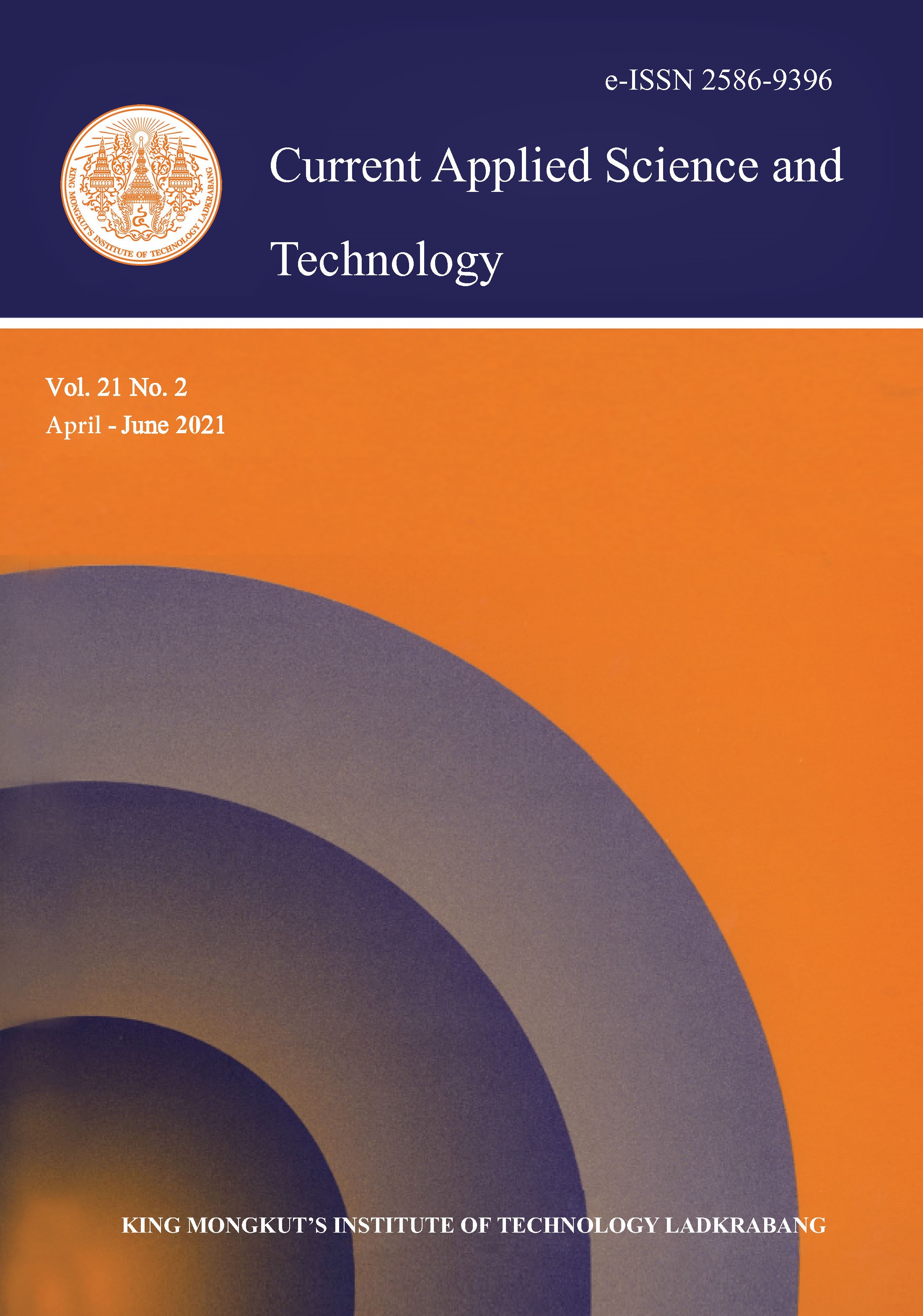Water erosion and sediment production rates are closely related to land use and land cover (LULC). A spatially distributed soil erosion and sediment delivery model can be used as a good tool to assess the effects of changes in land use/land cover on erosion processes. However, the calibration of such a model requires a lot of data, which is sometimes non-existent. In this work, WaTEM/SEDEM model of spatial distribution of sediments and their delivery to rivers was applied to the large Ziz basin (4,435 km2) in south-eastern Morocco. Model calibration and validation were carried out based on recorded sediment yield during the period from 1973 to 2009 at Hassan Eddakhil dam in the catchment outlet. Thereafter, three LULC scenarios were modeled by reproducing land use/land cover in 1936 and in 1957 and then a hypothetical future scenario. The results of LULC dynamics revealed that degraded forest drastically declined while rangeland substantially increased between 1936 and 2017. These changes in LULC can be explained by the interactions between bioclimatic factors and ecologically inadequate and ultimately destructive human interventions (overgrazing, deforestation). The comparison of WaTEM/SEDEM simulations for these scenarios with the current situation of LULC shows that sediment yield has increased from 1.5 million to 2.2 million ton/year and an increase in specific sediment yield from 3.37 to 5.6 t/ha/year. For soil erosion classes, the results show a trend of slight to moderate class from 1936 to current situation. The present study has shown that the great anthropogenic pressure on the natural resources of the Ziz upper watershed ended by the outcropping of pavements of soils exposed directly to the erosive processes.
Keywords: LULC change; WaTEM/SEDEM; GIS; sediment yield; Ziz; SE Morocco
*Corresponding author: Tel.: (+212) 672561079 Fax: (+212) 672561079
E-mail: mmanaouch@gmail.com
Imad, F. undefined. ., Anis, Z. undefined. ., & Mohamed*, M. undefined. . (2020). Assessment of the Effects of Land Use/Land Cover Changes on Soil Loss and Sediment Yield Using WaTEM/SEDEM Model: Case Study of Ziz Upper Watershed in SE-Morocco. CURRENT APPLIED SCIENCE AND TECHNOLOGY, 337-350.
